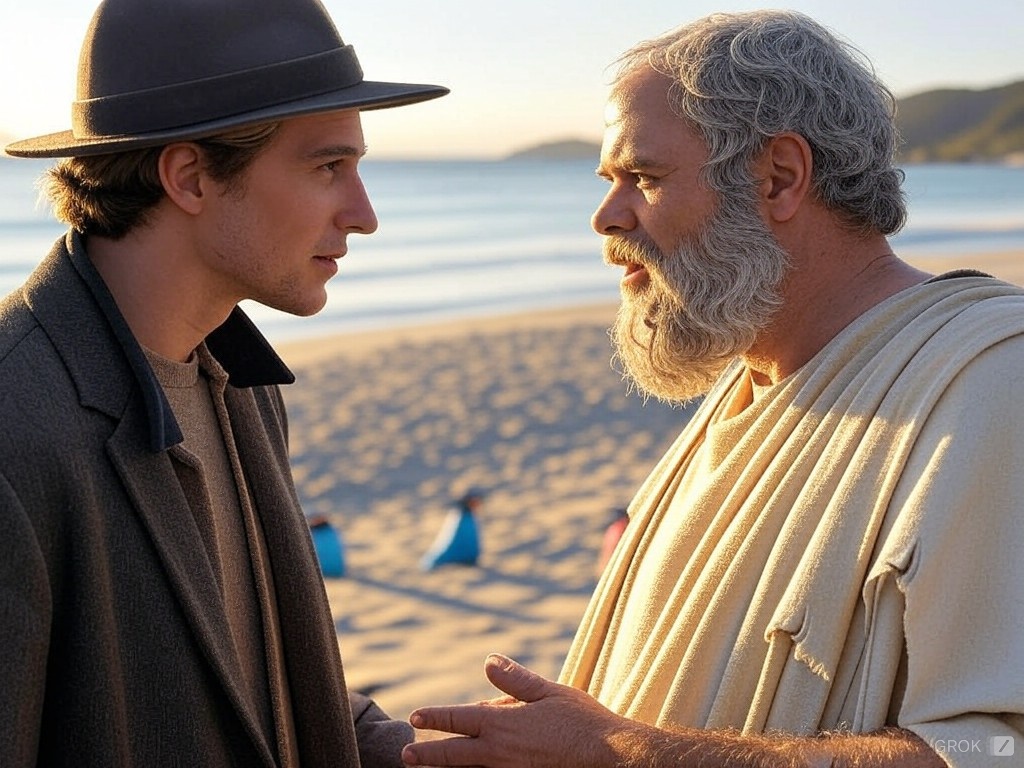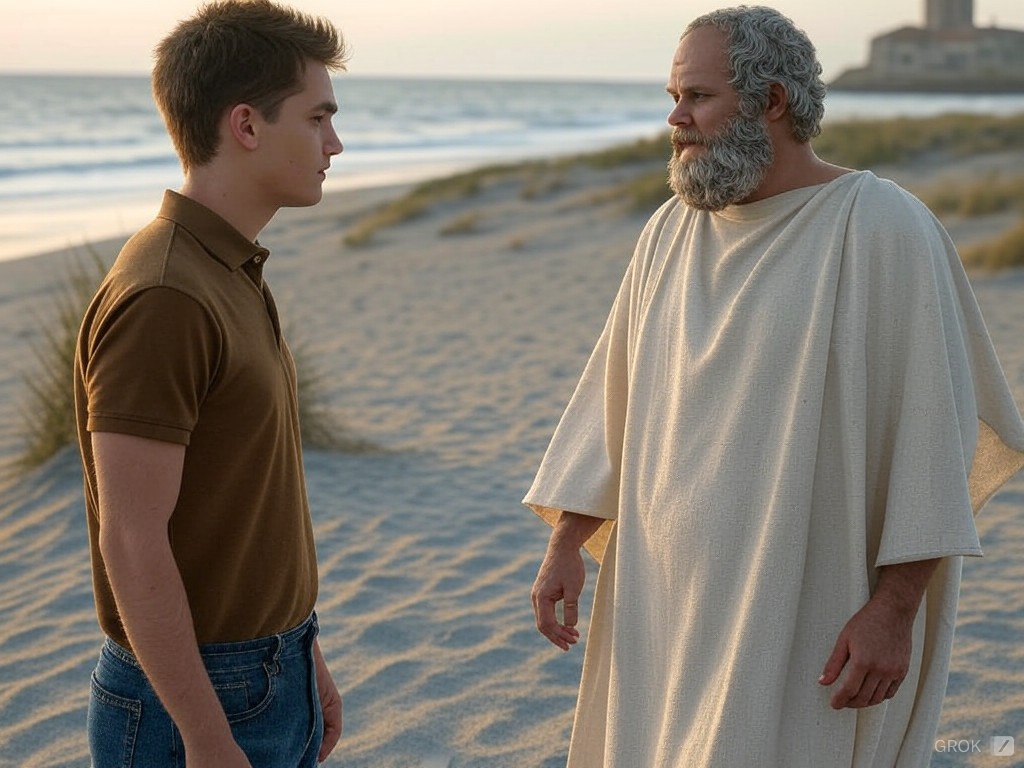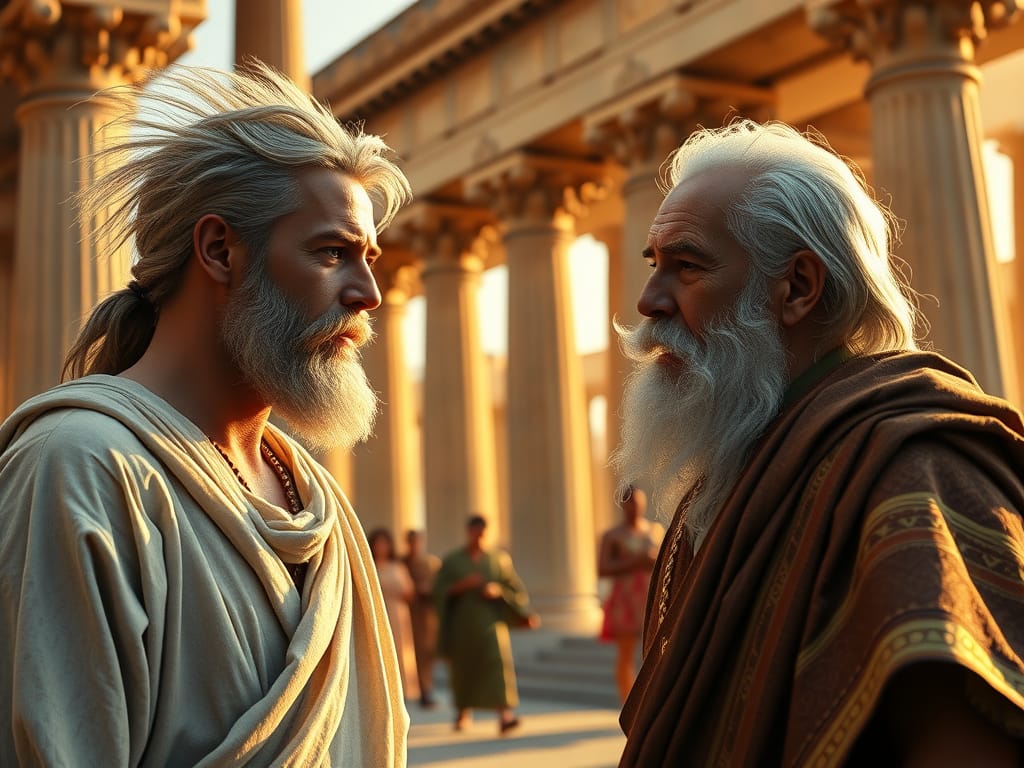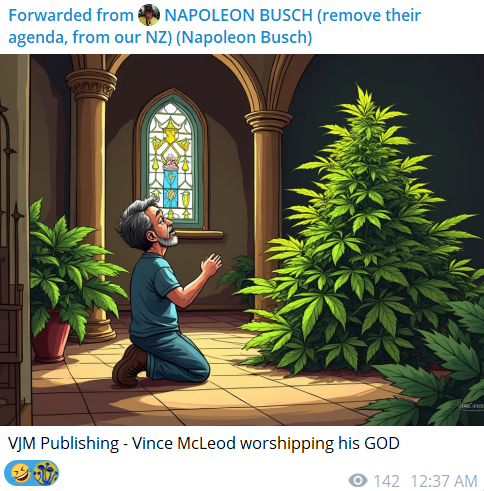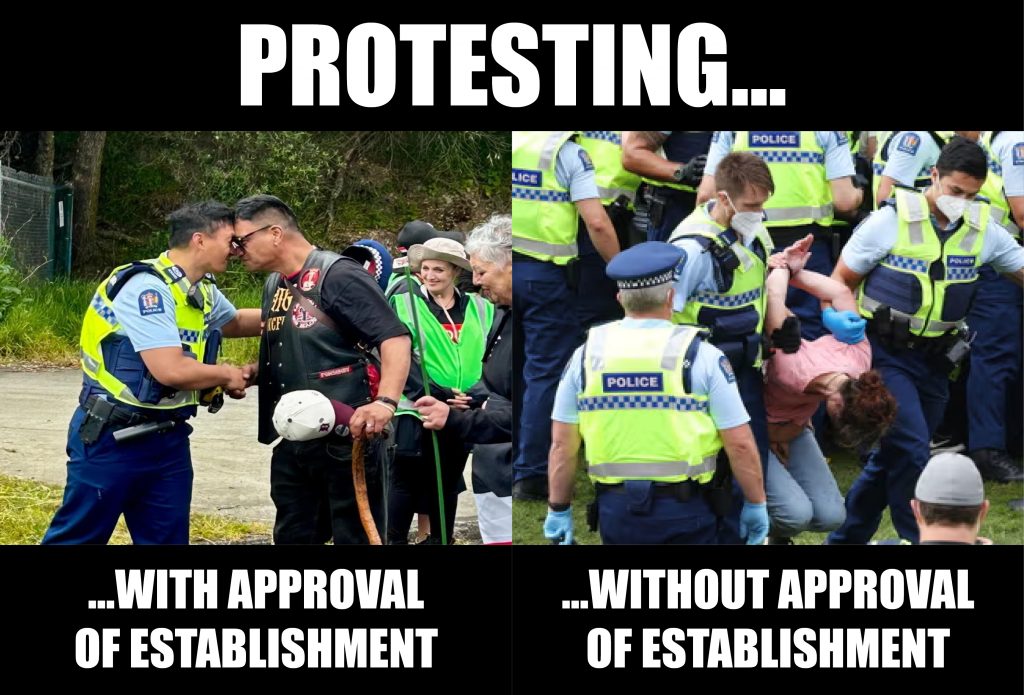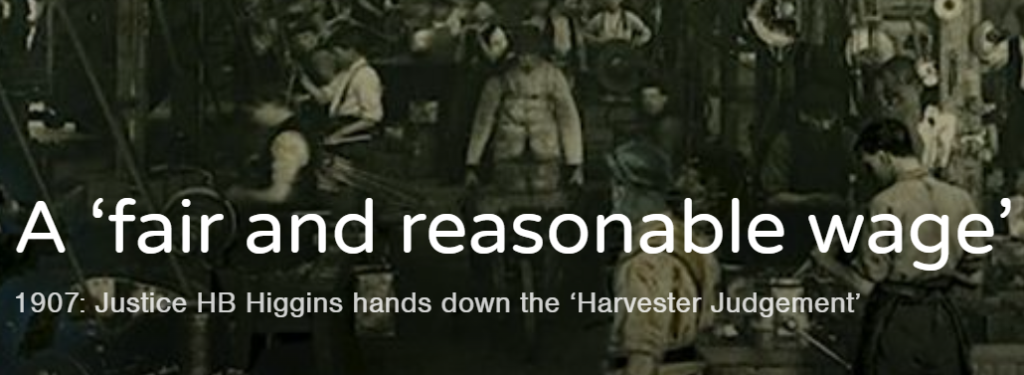
Mainstream media propaganda would have us all believe that the West has never been wealthier. Our glorious leaders have led us into an unparalleled age of prosperity. Never before have the lives of everyday Westerners overflowed with such abundance. Apparently, even the lowliest Westerner has easy access to luxuries that kings could not have dreamed of in ages past.
If you don’t agree, the media tells us, you’re a terrorist. A filthy, ungrateful reprobate whose resentment endangers the entire project of civilisation itself. How could a person not be grateful for the beneficence shown by our ruling classes? Just how?
As it turns out, anyone with a solid knowledge of history has reason to feel ripped off at their current treatment.
In 1907, the idea of a minimum wage was introduced in Australia. In a case relating to the Sunshine Harvester Company of Victoria, Justice Henry Higgins determined that a “fair and reasonable” wage for a manual labourer was that which could support a family of five. A skilled worker should receive even more. This was later known as the “Harvester Judgement“.
Because people higher up the social ladder would make more money than manual labourers, the Harvester Judgement created a floor underneath which no full-time worker could fall. It therefore ensured a decent quality of life for everyone in Australian society, not just the rich. This judgement became a core principle of Australian employment law and is one of the main reasons why the Australian worker’s standard of living has been so high until recently, and why Australia is known as “The Lucky Country”.
According to Grok, a family of five living in Auckland requires some $7,000 per month to meet housing, food, utilities, transportation and other costs. This means some $84,000 per year – after tax. Before tax, it’s $112,963 per year. Less than that means a family of five has to start going without some things.
This is the income necessary to have a similar quality of life to a labouring family in 1907. This means nothing extravagant – just basic housing, decent food, the lights on, the ability to get to work and visit some people etc. It doesn’t include luxury travel or building an investment portfolio.
Also according to Grok, fewer than 8% of New Zealand workers earn $112,000 or more. Because some 10% of the population has an honours degree or higher, this means the top 8% of the workforce will be mostly professionals and managers, i.e. highly qualified, highly experienced people. Those few in the top 8% without an honours degree or higher will mostly be top managers.
$112,000 is about 70% higher than the median New Zealand wage of $66,000. What’s more, that median wage figure itself includes those highly-paid professional and managerial jobs, which means that the median manual labourer’s wage is even lower still. The minimum wage in New Zealand is currently $23.15 per hour, which works out to $46,300 per annum if one works 50 weeks of 40 hours, and many manual labourers will be close to this.
In practice, therefore, almost none of the people working in manual labour positions in New Zealand are paid enough for their wage to be considered “fair and reasonable” under the Harvester Judgement. The entire idea that a wage ought to pay enough to raise a family has been abandoned, seemingly by the employees as well as the employers.
Our wages are now less than half of what is needed to support a family of five. But the quality of life promised by the Harvester Judgement has not simply been lost, it has been stolen from us.
It has been stolen from us in a number of ways, but the mass importation of cheap labour is the foremost of these. The explanation for how full-time manual labourer wages were decoupled from the requirement that they could support a family of five is simple: employers have undercut local workers by importing cheaper ones from overseas.
The Neoliberal Era normalised this practice, so that it become ideologically impossible to even object to the imports. Anyone who did so was smeared as a racist acting out of pure hate. Several decades of this allowed the employer class to drive wages down so far that they’re now about half of what they need to be, as per the Harvester Judgement.
*
For more of VJM’s ideas, see his work on other platforms!
For even more of VJM’s ideas, buy one of his books!
*
If you enjoyed reading this piece, buy a compilation of our best pieces from previous years!
Best VJMP Essays and Articles of 2023
Best VJMP Essays and Articles of 2022
Best VJMP Essays and Articles of 2021
Best VJMP Essays and Articles of 2020
Best VJMP Essays and Articles of 2019
Best VJMP Essays and Articles of 2018
Best VJMP Essays and Articles of 2017
*
If you would like to support our work in other ways, make a donation to our Paypal! Even better, buy any one of our books!

